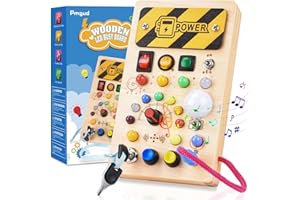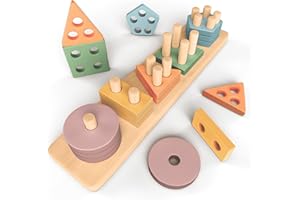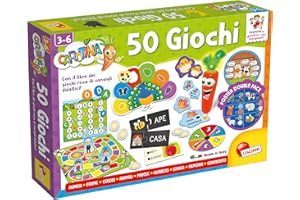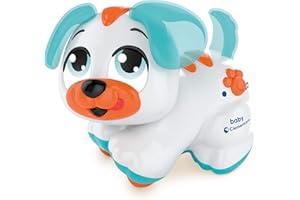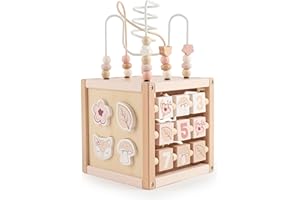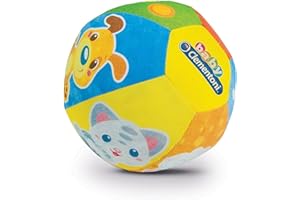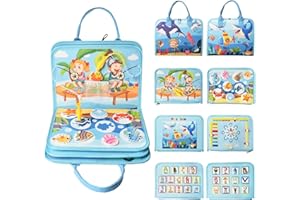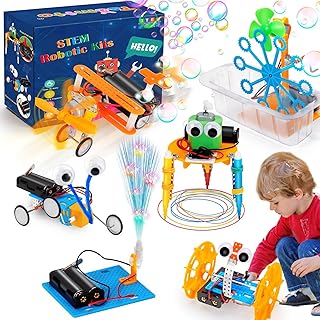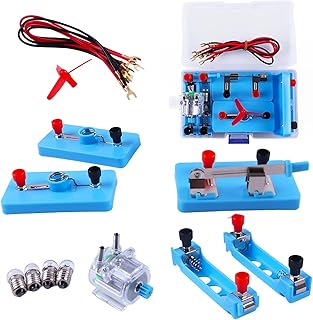The 6 Best Types of Building Blocks by Age (From Toddlers to Teens)
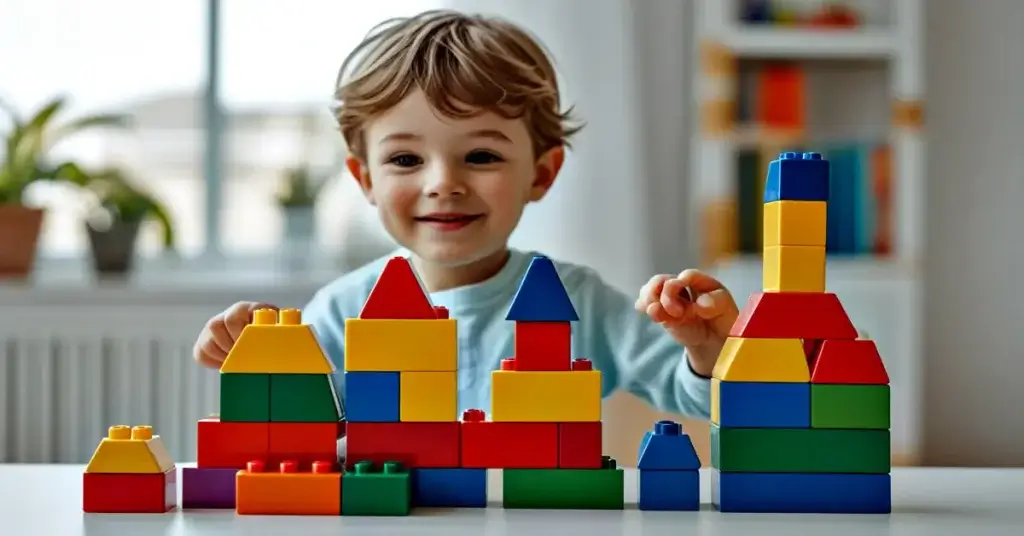
Choosing the right building blocks by Age is key to safe, engaging, and educational play. On this page, you'll find curated block sets organized by Age group — from toddlers to preschoolers — to help you pick the perfect option for every stage of development.
If you ask kids – What are building blocks? You will be surprised by how many different answers you can hear. Ready to explore the building blocks by age? Dive into their limitless potential and see how they can transform playtime into a building adventure!
Best Building Blocks by Age
Finding the best building blocks by Age is key to safe, engaging, and developmentally appropriate play. Whether you're shopping for toddlers just learning to stack or older kids ready for complex creations, this guide helps you choose the right blocks at every stage. From chunky toddler sets to advanced engineering kits, explore building blocks by Age and specific recommendations that spark creativity, support learning, and grow with your child.
Some functional building blocks by Age resources
Bella Luna Toys – Building Blocks for Every Age
A comprehensive guide detailing suitable building blocks for various Age groups, emphasizing developmental benefits. 👉 Read the guide
Lovevery – When Should My Child Be Able to Stack 6 Building Blocks?
Insights into developmental milestones related to block stacking help parents understand what to expect at different ages. 👉 Learn more
❓ Top 5 FAQs About Building Blocks by Age
What building blocks by Age are suitable for infants (0–12 months)?
For infants, choosing soft, lightweight blocks made of fabric, foam, or rubber is essential. These blocks should be large enough to prevent choking hazards and designed to stimulate sensory exploration.
When can toddlers start stacking blocks?
Toddlers typically begin stacking blocks between 16 and 18 months, starting with two to three blocks. By 18 to 22 months, they may progress to stacking up to six blocks, enhancing their motor skills and hand-eye coordination.
Are LEGO bricks appropriate for 2-year-olds?
Standard LEGO bricks are unsuitable for toddlers because small parts pose choking risks. However, LEGO DUPLO sets are designed for children aged 1.5 years and older, featuring larger pieces that are safe and easier to handle
How many blocks should I start with for my toddler?
Starting with a set of 20–30 blocks is ideal for toddlers. This quantity allows for creative play without overwhelming the child, facilitating the development of stacking and building skills.
What are the benefits of block play for preschoolers (3–5 years)?
Block play at this Age enhances fine motor skills, spatial reasoning, and early math concepts. It encourages creativity, problem-solving, and cooperative play, laying a foundation for STEM learning.




